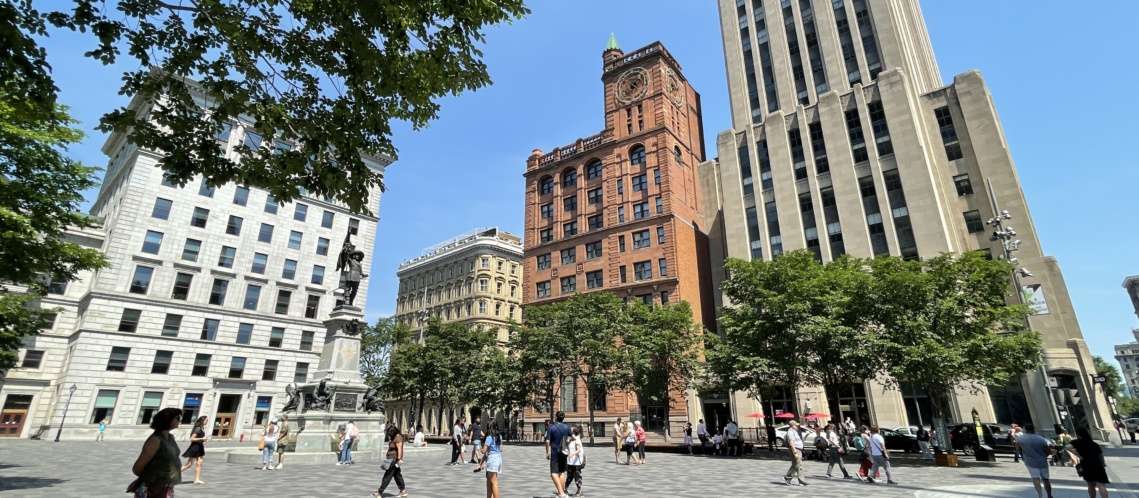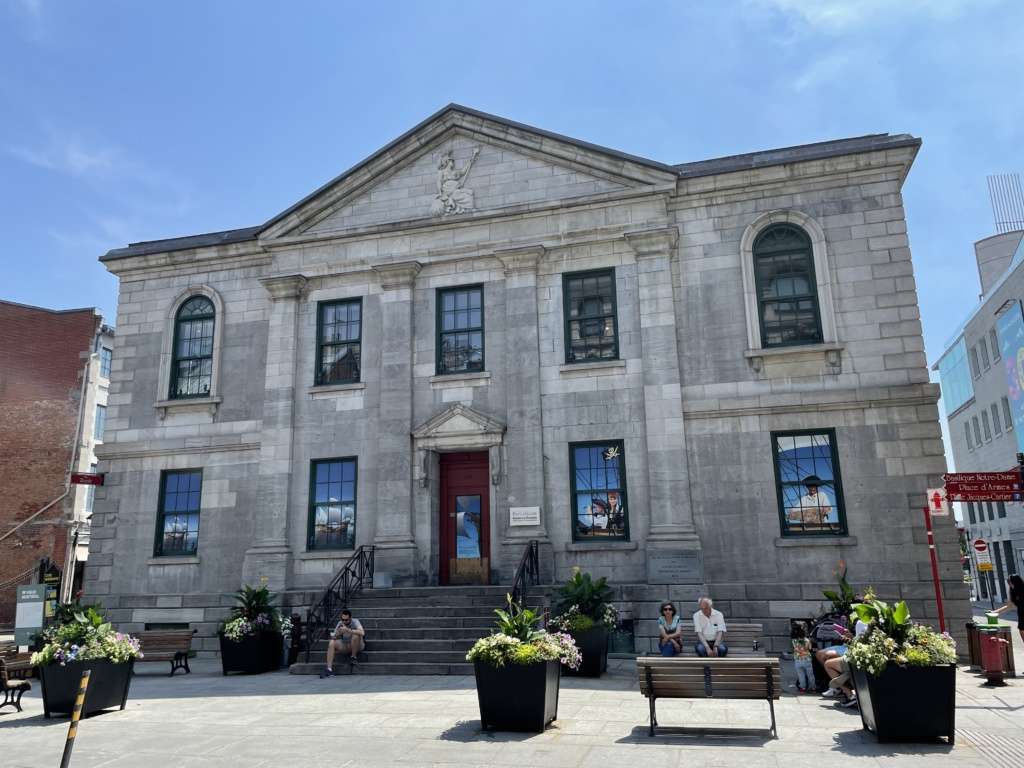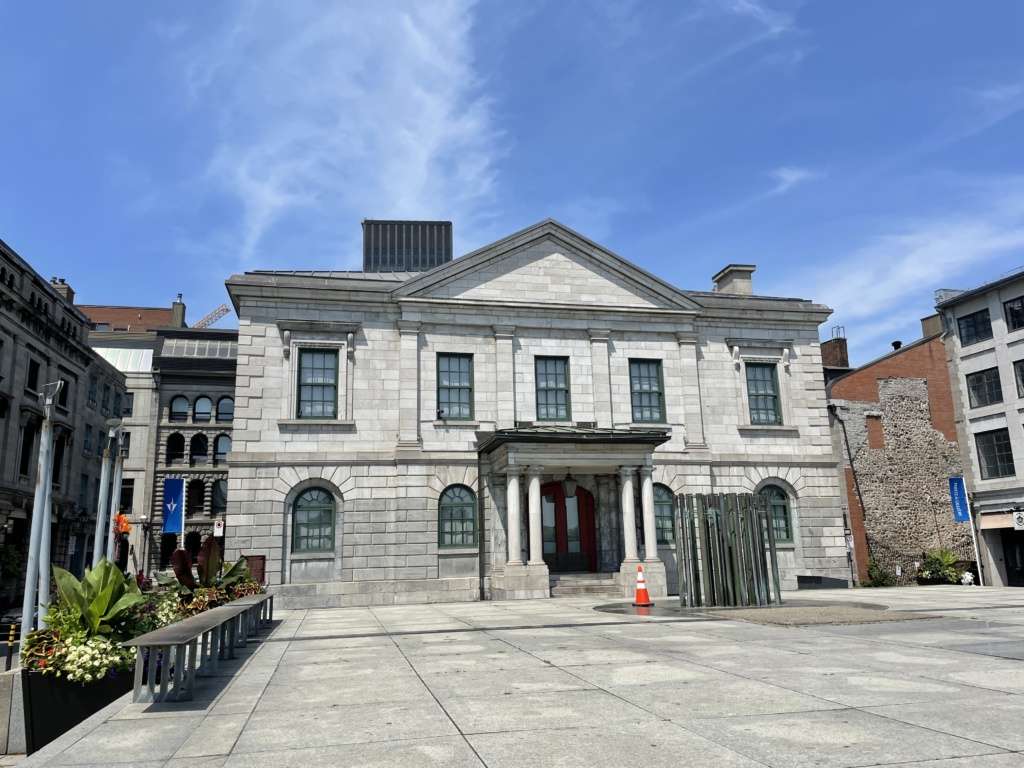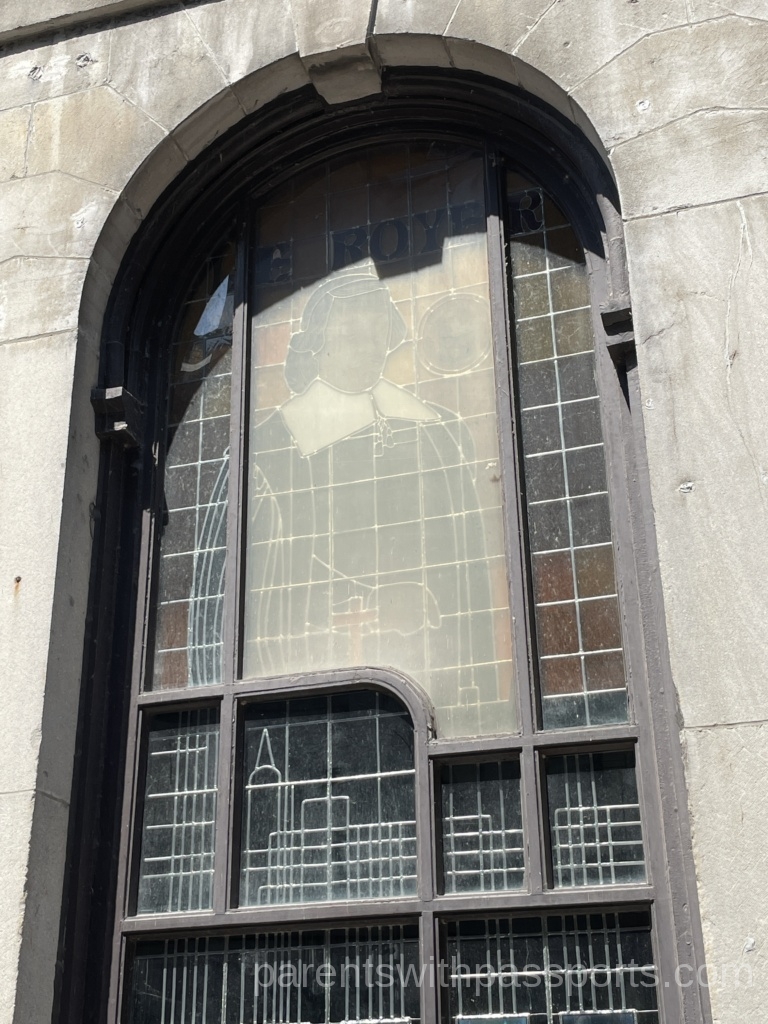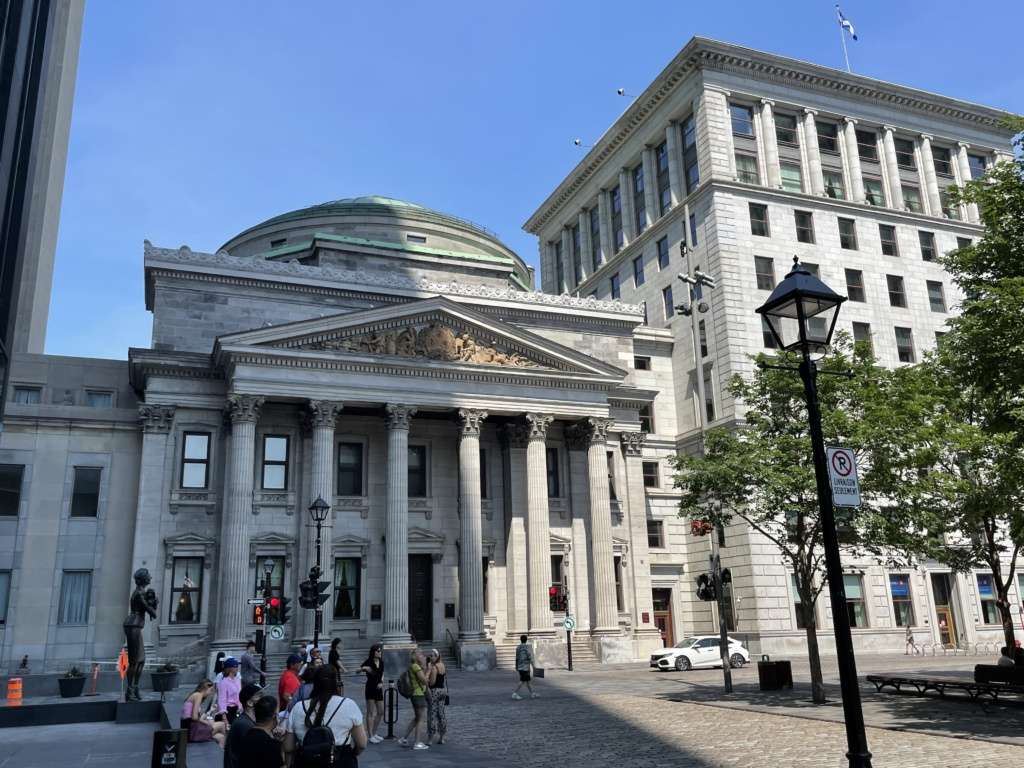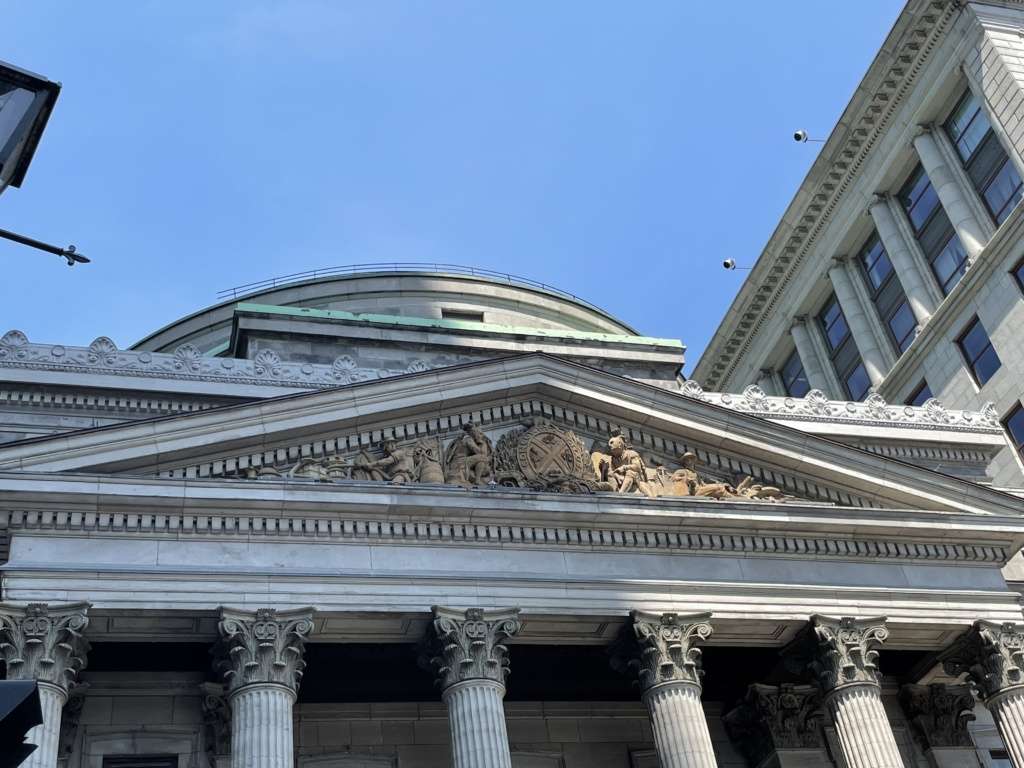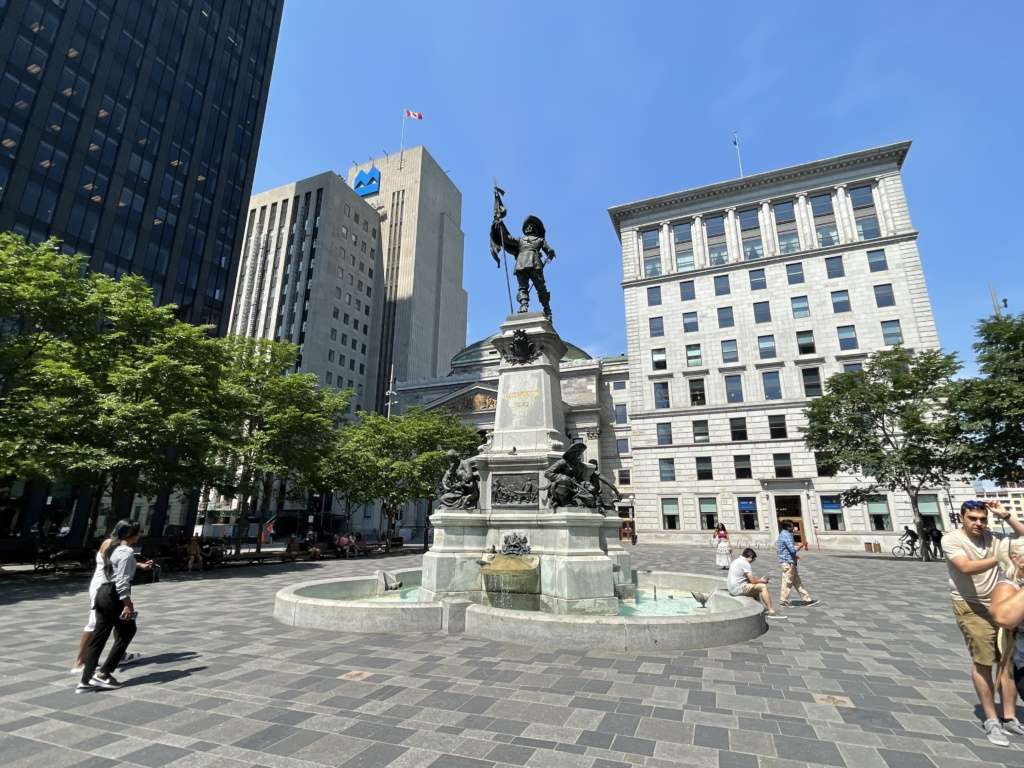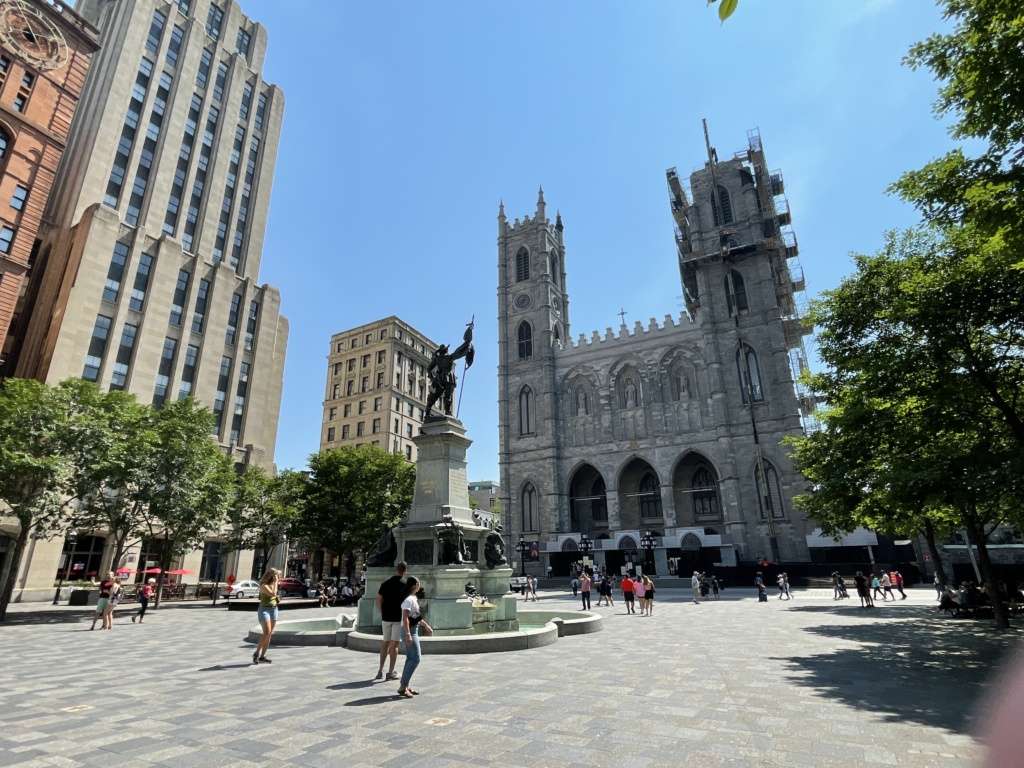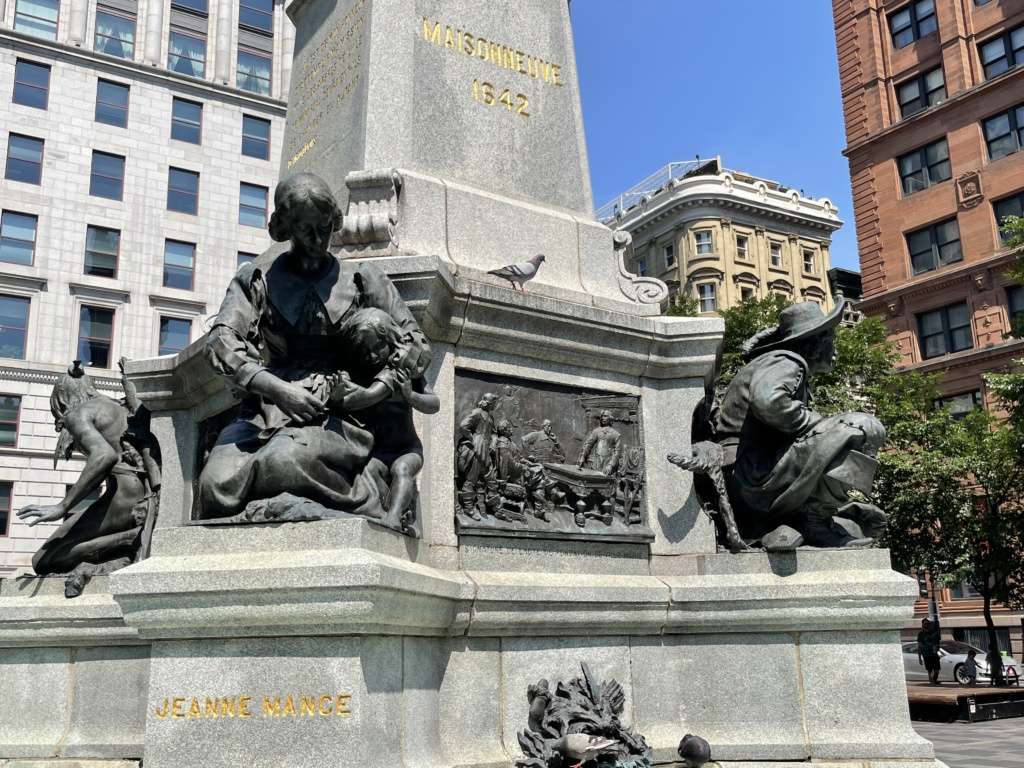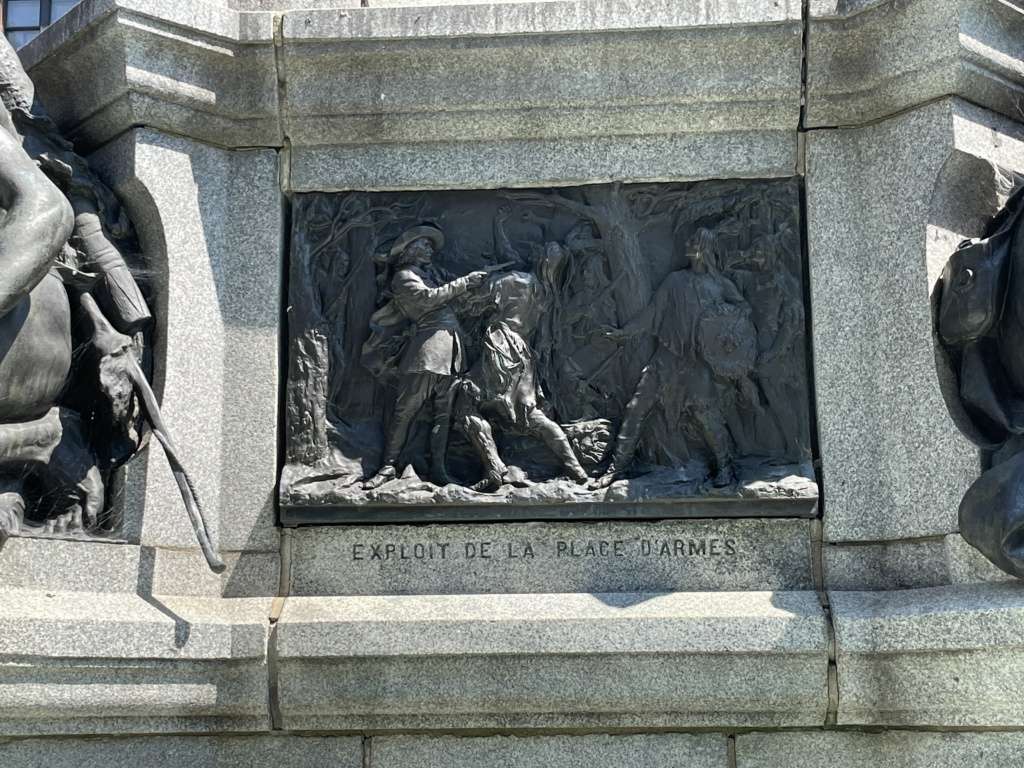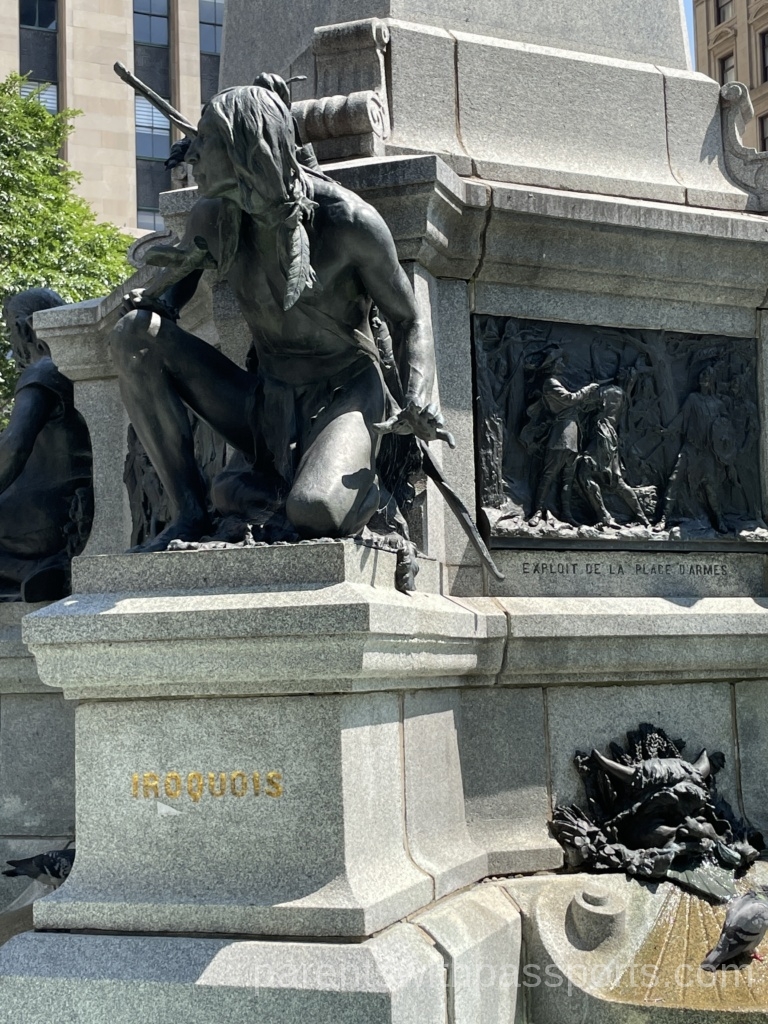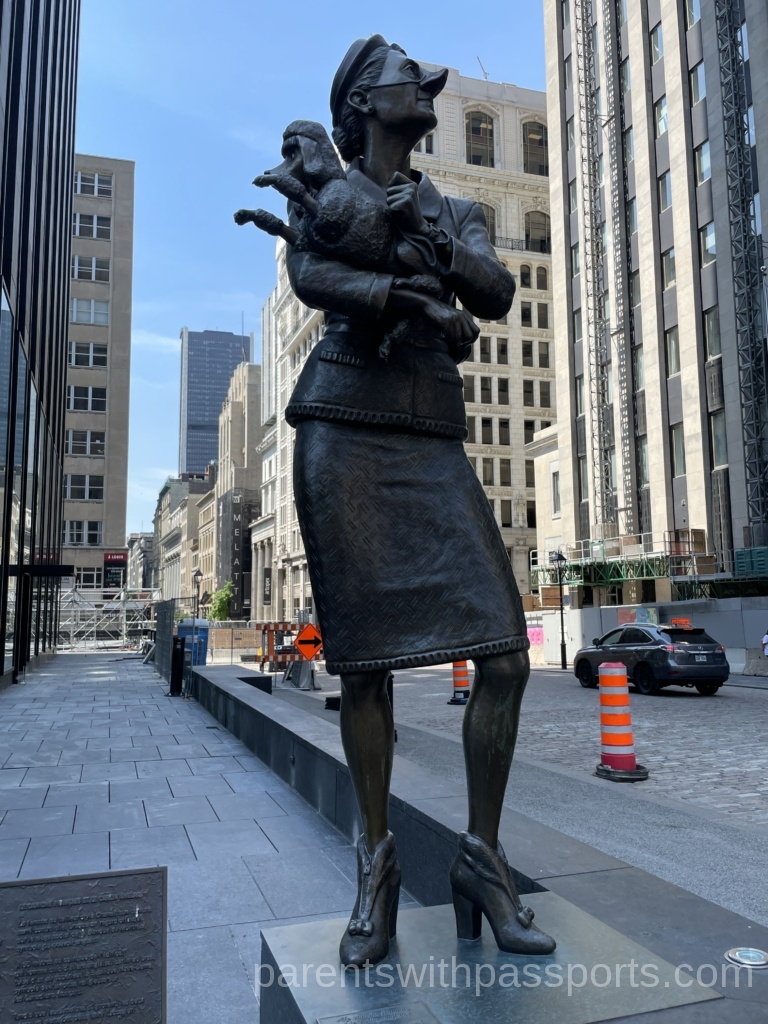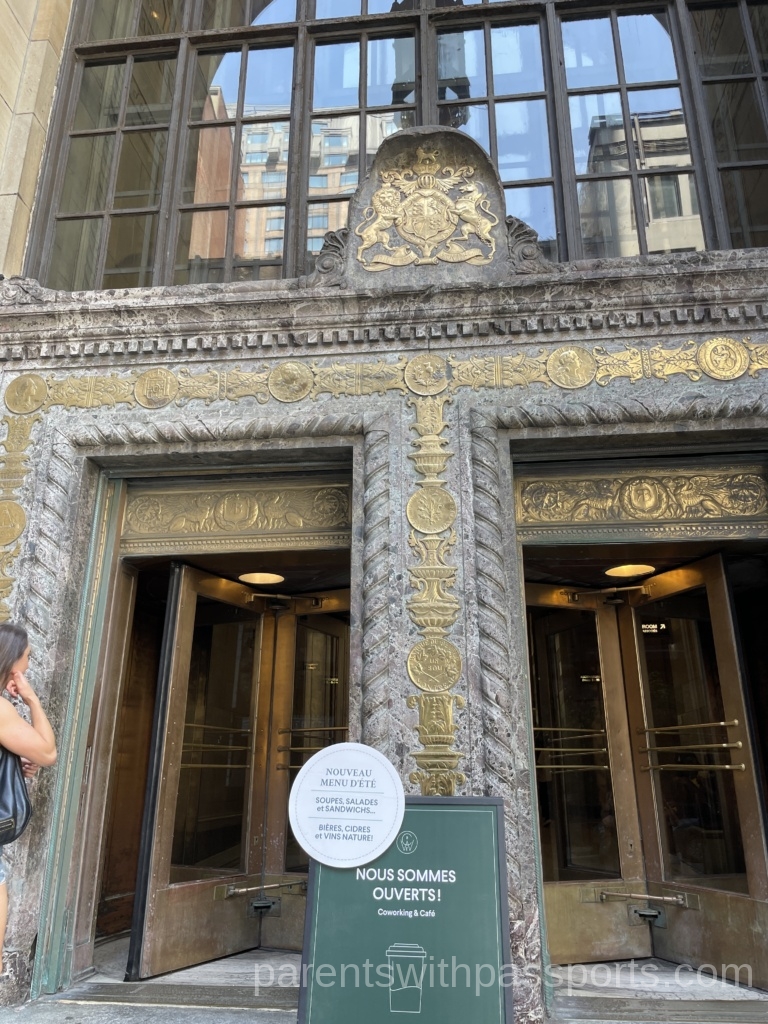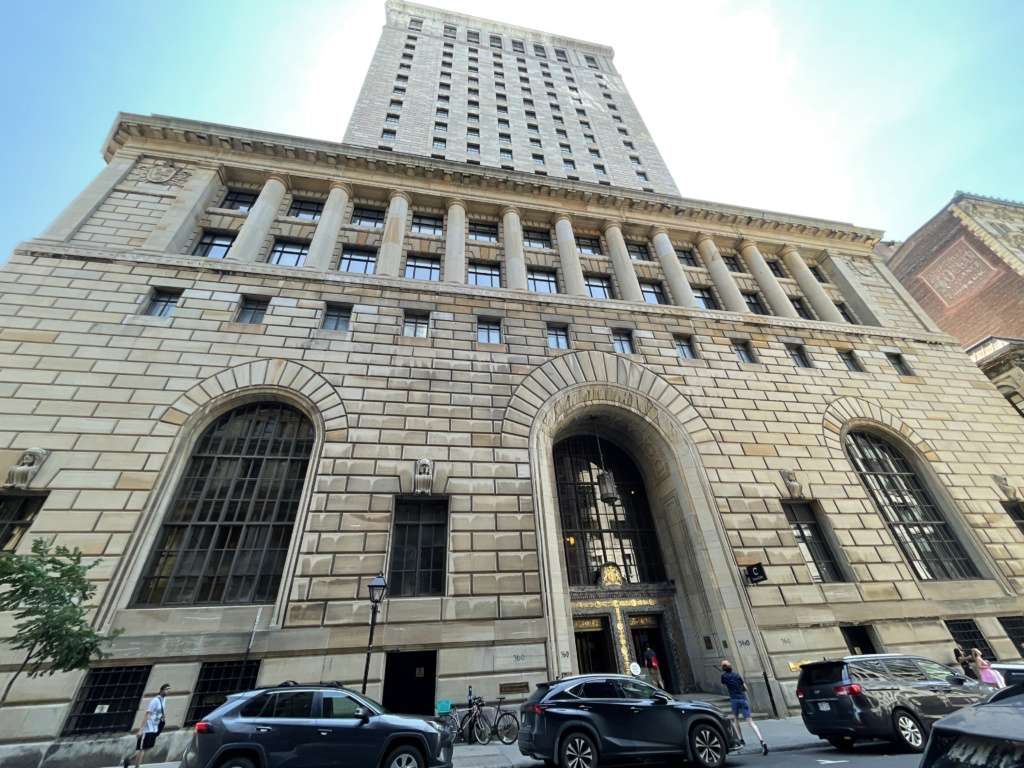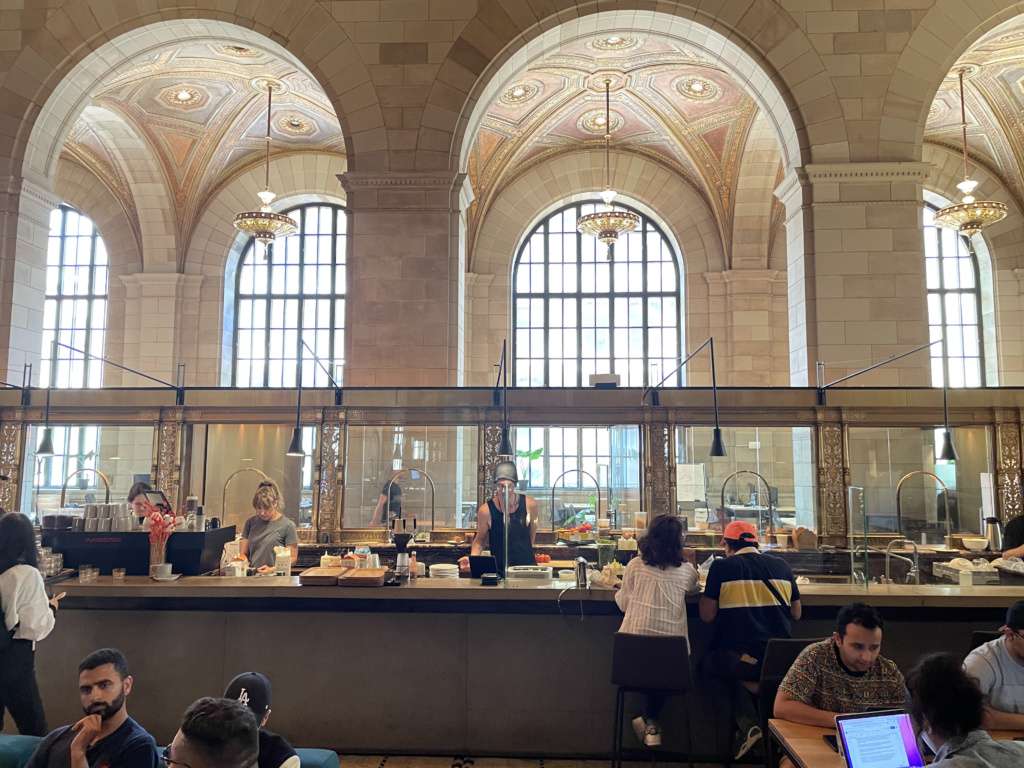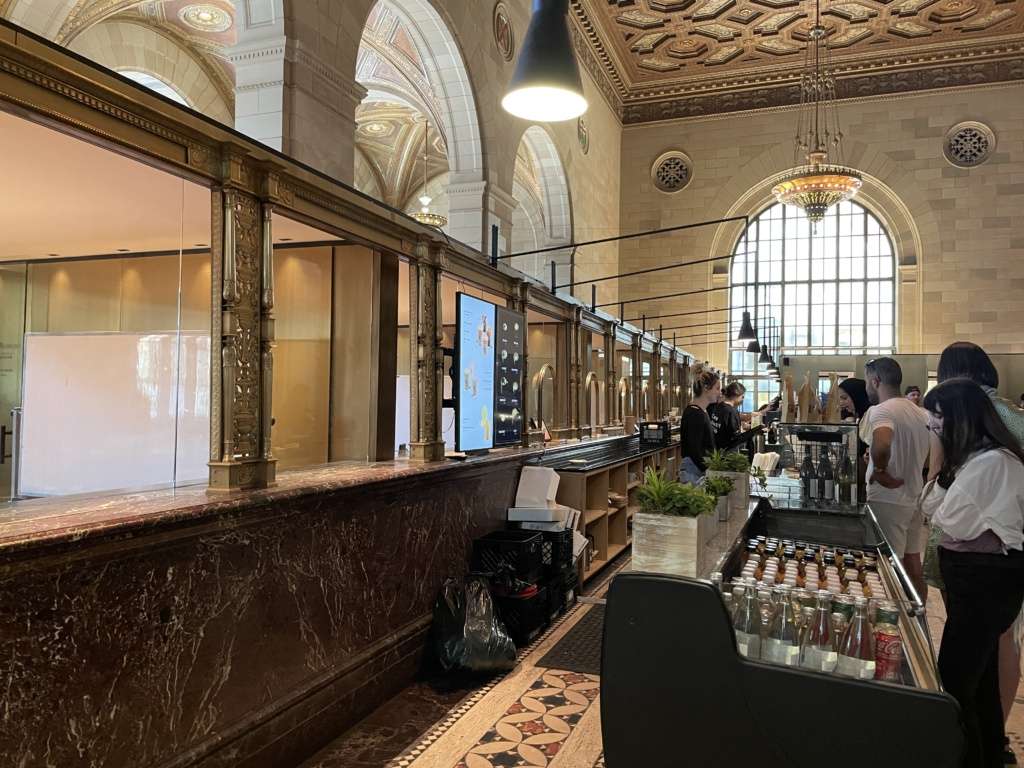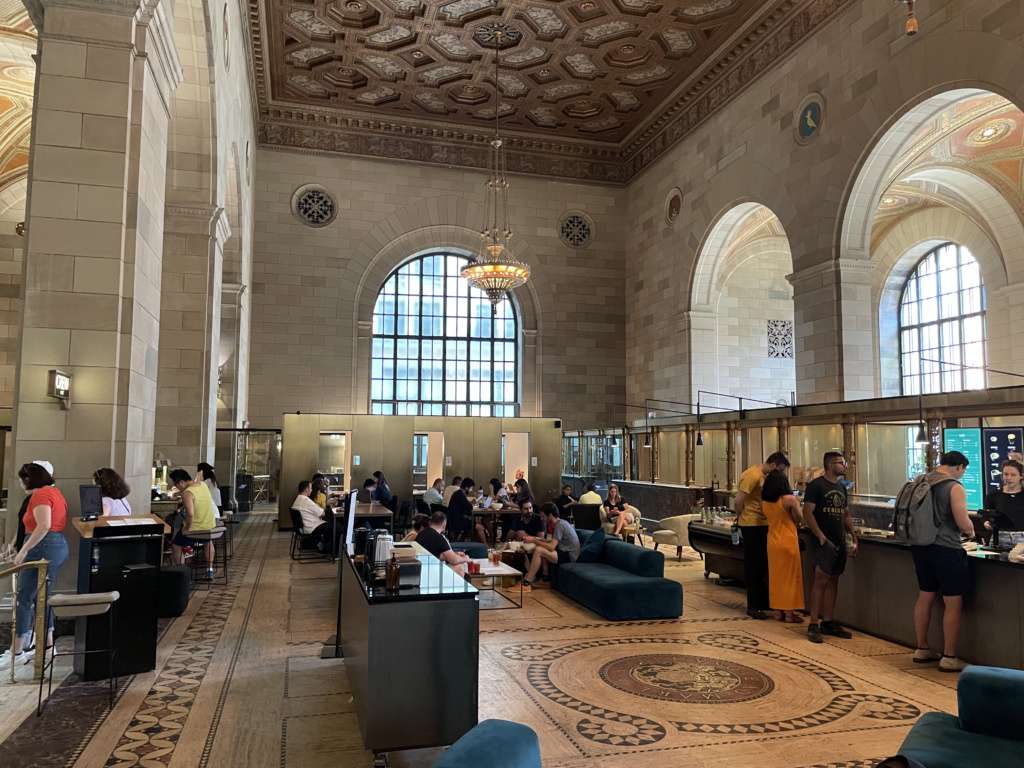Vieux-Montréal, or Old Montréal, was established by French settlers in 1642, making it one of the oldest city neighborhoods in North America. Many of the squares and buildings and all of the charm remain from the 17th century settlement. Our hotel was located in Old Montréal so we naturally saw a lot of the area just in our comings and goings.
In addition to our wanderings through Old Montréal, I followed an excellent walking tour from Lonely Planet’s pocket guide to Montréal and Québec City. The easy loop took me about an hour at a leisurely pace.
Leaving from Le Petit Hôtel, I started in the middle of the loop as it was laid out in the book. The hotel was a block away from the Old Customs House so I used that as my starting point. I had walked past this building several times already without realizing what it was. The building served as the city’s first custom house, collecting taxes on imported goods and regulating trade. The 186 year old Palladian style building has two facades, one facing the river and one facing the city street.
The next stop on the walking tour was a charming bronze statue entitled Les Chuchateuses (The Gossipers). Created in 2002 by artist Rose-Aimée Bélanger, the statue features three woman chatting expressively on a bench. Located on popular Rue St-Paul, the sculpture was intentionally tucked away on a sidewalk in the corner of a building, cleverly turning a previously neglected spot into an area of artistic interest.
From there I meandered down the little pedestrian lane, Cours Le Royer. The street is short but quaint, featuring beautiful mid-18th century warehouse buildings that have been converted into a commercial-residential mixed use development. A stained glass window featuring one of Montréal’s founders, Jérôme Royer, can be found in one of the doorways.
Rue le Royer ends in Rue St Sulpice, on the back side of the Basilique Notre-Dame. I enjoyed the quiet view from this side, away from the hustle and bustle of Place d’Armes, before continuing along the walking route.
I returned later with my husband to tour the cathedral so for now I just enjoyed the exterior and wandered around the plaza. There are several historic banking buildings surrounding the plaza. Built between 1887 and 1889, the Quebec Bank Building was the city’s first skyscraper and stands out from the surrounding buildings because of its red sandstone exterior. Nearby, the Bank of Montréal Head Office built in 1847 resembles the Pantheon. Although still legally the bank’s headquarters, its primary purpose today is to house the Bank of Montréal Museum.
In the middle of Place d’Armes is a monument honoring Paul de Chomedey, the founder of Montreal. The Maisonneuve Monument was built in 1895 to celebrate the 250th anniversary of the founding of the city. The base of the statue features 4 figures that played prominently in the founding of the city, including an Iroquois warrior. The statues are on each corner of the base, and in between each figure there is a bas-reliefs depicting an important historical event. And of course, the centerpiece of the monument is the figure of Paul de Chomedey, Sieur de Maisonneuve, holding a flag of the king of France.
There is another interesting set of statues on the outer edge of the plaza. On either side of the tower at 500 Place d’Armes stand two bronze sculptures, collectively known as Le Caniche Français et le Carlin Anglais (The English Pug and the French Poodle). The statues represent the clash of cultures between English and French Canadians. The pretentious Englishman holds a pug and looks at the Notre-Dame Basilica, a symbol of French Catholic dominance, with disdain. On the other side of the building, a snooty French woman holding a poodle glares at the Bank of Montréal, a symbol of English power. Also known as The Two Snobs, the statues provide an interesting commentary on human cultural divides, as the two people look away from each other critically but the two dogs in their arms reach for each other.
After spending some time taking in all the sights and sounds of Place d’Armes, I continued along Rue St Jacques, also known as Canada’s Wall Street. The Royal Bank Tower found at 360 Saint-Jacques Street was Montréal’s tallest building when it was built in 1928. After standing empty for 6 years, the beautiful building underwent a very unique transformation. In 2016, the space was reopened as Crew Collective & Cafe. Part cafe, part co-working, meeting and event space, Crew brilliantly repurposed the stunning interior of the historic building to be used as a social and professional meeting space. Cafe workers brew coffee in front of the old teller’s counter, while customers sit at the deposit slip desks. We spent about an hour here one afternoon and really enjoyed the unique experience.
The walk finished along the water in Place d’Youville. This historic square was named after Marguerite d’Youville, an 18th century Catholic widow who founded a charitable organization known as the Grey Nuns and was declared a saint in 1990. The former hospital of the Grey Nuns is visible from the square, and an obelisk commemorating the city’s first European settlers is found in the middle of the square.
Part of the magic of Old Montréal is wandering along its cobblestone streets and pedestrian malls, peeking in little shops and stopping for a cup of coffee in a cafe. We did plenty of that during our three days in Montréal and loved all the hidden gems that we found. But I’m also really glad I took the time to do the short walking tour from the Lonely Planet’s pocket guide. It helped identify interesting things I had seen and provided some great historical context for the buildings and monuments. Our time in Old Montréal was the perfect mix of aimless wandering and self-guided touring.
